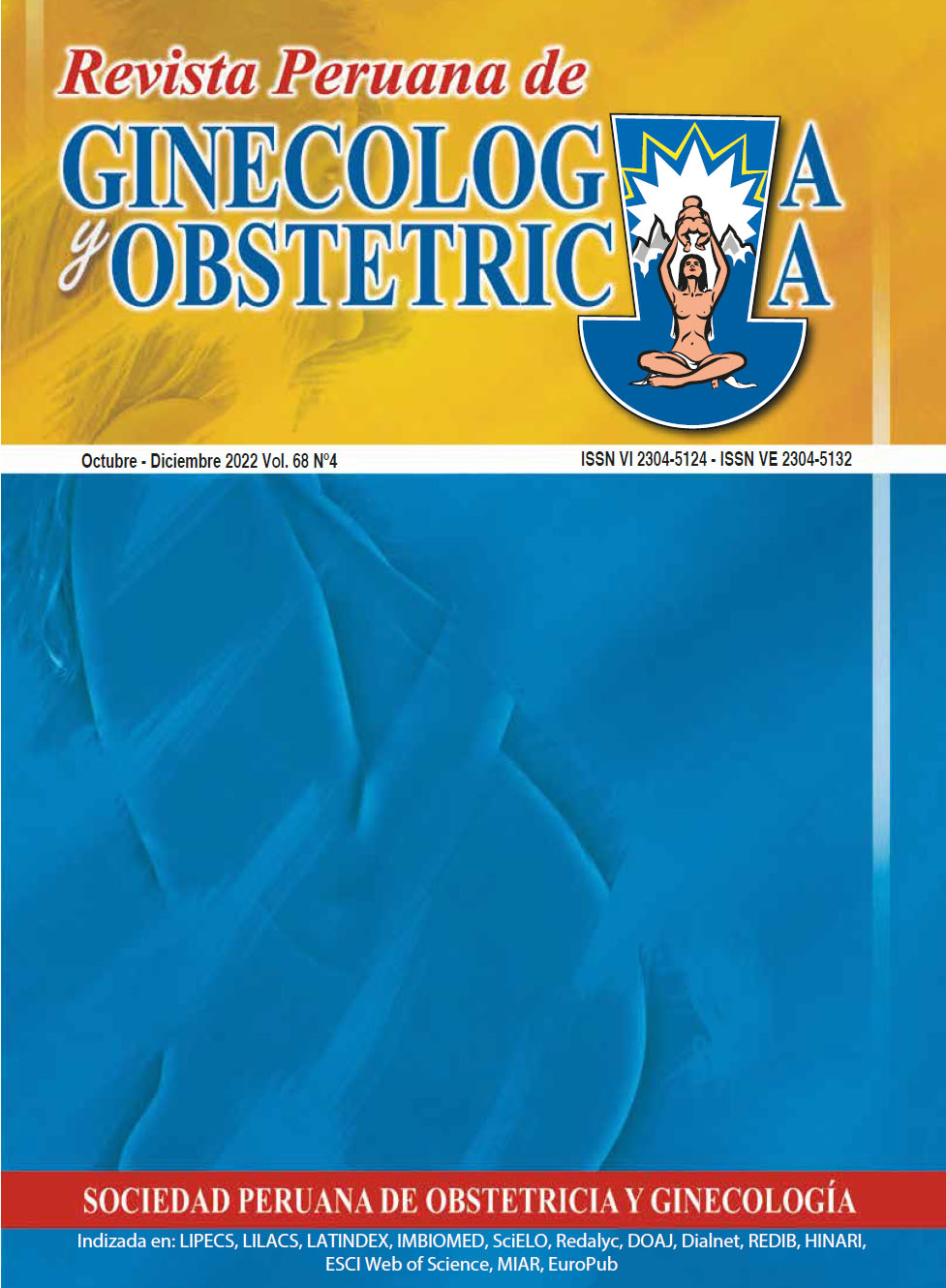El potencial de las municipalidades en la atención primaria de salud y su impacto en la salud de la población peruana
DOI:
https://doi.org/10.31403/rpgo.v68i2470Resumen
La reciente pandemia mostró crudamente la fragilidad de nuestro sistema sanitario peruano. No teníamos pruebas apropiadas para el diagnóstico de COVID 19, no había camas UCI suficientes (1,6 por cada 100,000 habitantes, mientras Argentina tenía 18,9) y solo contábamos con 270 respiradores a nivel nacional, cuando Chile tenía 1,600 y Argentina 8,500. No había suficiencia de médicos intensivistas y solo 2 hospitales tenían planta de oxígeno. El resultado lo conocemos, más de 216,000 fallecidos, siendo Perú el país con la mayor tasa de muertes a nivel global. Los hospitales se saturaron, se colocaron carpas, camillas y sillas de ruedas en los pasillos, espacios libres que fueron insuficientes, no había balones de oxígeno y las personas fallecían en los exteriores de los hospitales. Esta escena estará grabada en muchos de nosotros.
Dentro de esta tragedia, hay que destacar la resilencia del personal de salud que, pese a las graves deficiencias, trabajó arduamente pagando por ello muchas vidas. En el caso del personal médico, 500 galenos fallecieron a causa del virus.
Descargas
Descargas
Publicado
Cómo citar
Número
Sección
Licencia
Derechos de autor 2022 Alfredo Guzmán

Esta obra está bajo una licencia internacional Creative Commons Atribución 4.0.
Esta revista provee acceso libre inmediato a su contenido bajo el principio de que hacer disponible gratuitamente la investigación al publico, lo cual fomenta un mayor intercambio de conocimiento global.















